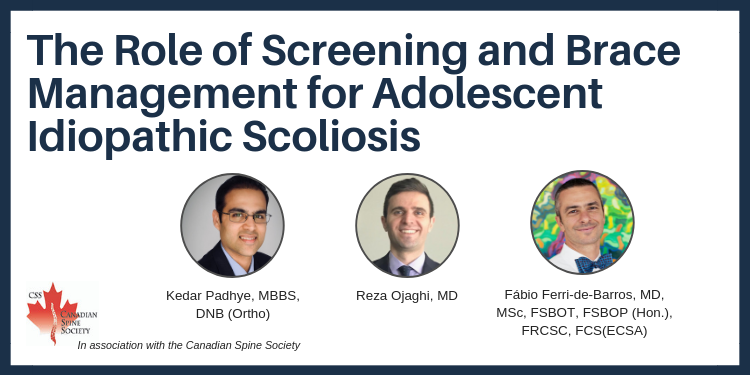1 Clinical Fellow (Pediatric Spine Surgery)Division of Paediatric Surgery, Section of Orthopaedic Surgery, Alberta Children's Hospital, University of Calgary, Calgary, Alberta.
2Orthopaedic Surgery Resident, Department of Orthopedics, University of Ottawa, Ottawa, Ontario.
3 Department of Orthopedics, Alberta Children's Hospital, Calgary, Alberta.

